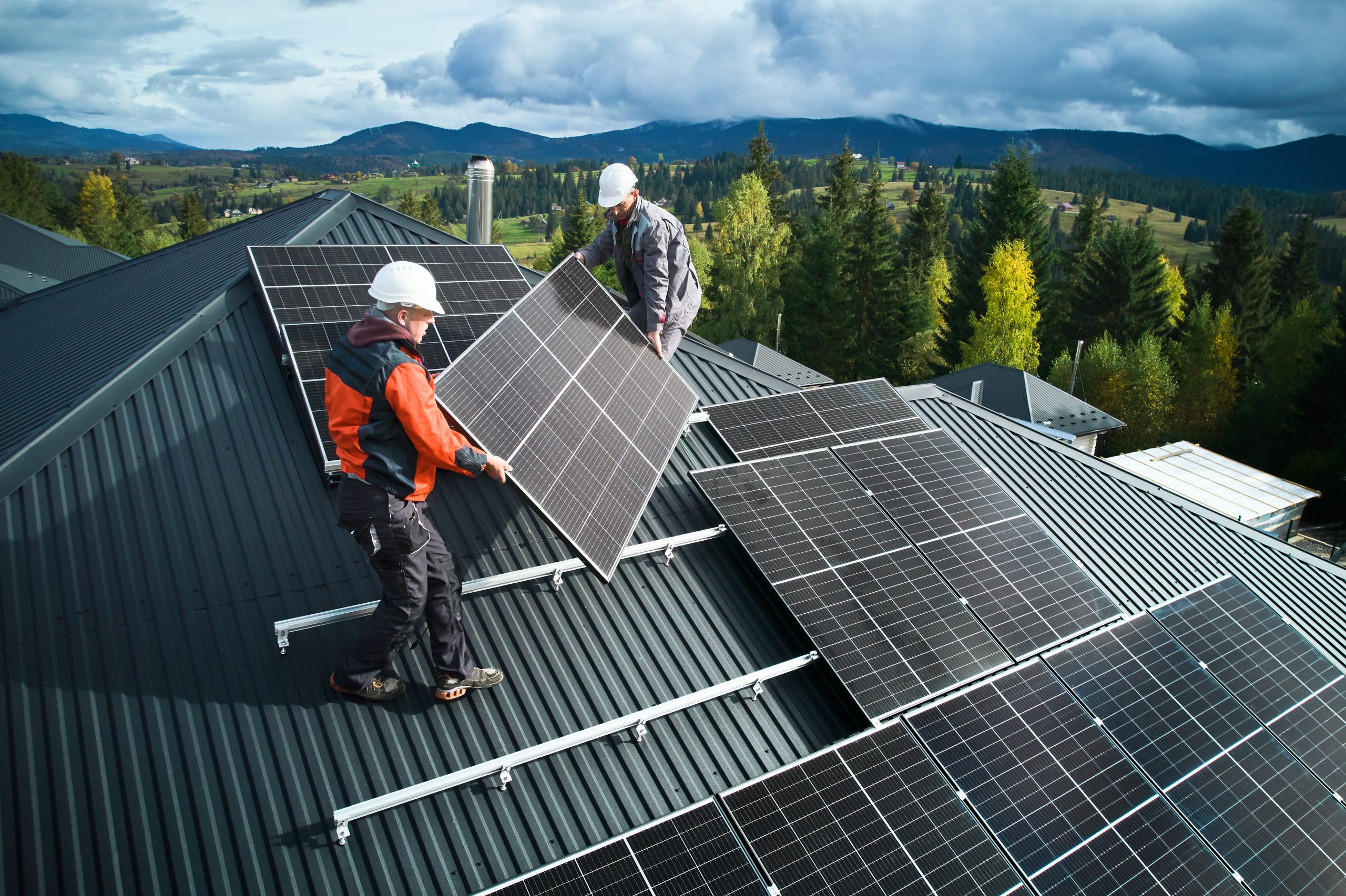
Exploring solar solutions is increasingly important in today’s world where environmental sustainability is an urgent concern. By harnessing solar energy, individuals and businesses alike can drastically reduce their carbon footprint, contributing to a healthier planet. Solar power offers a clean, renewable source of energy that sidesteps the harmful emissions associated with fossil fuels, demonstrating a pivotal step towards achieving climate goals.
This blog post will delve into the top solar solutions that are not only beneficial for the environment but also cost-effective and widely accessible. Whether you are a homeowner looking to make a switch to greener energy or a business aiming to improve its sustainability practices, the insights provided here will guide you through your transition to solar power.
Contents
Fundamentals of Solar Power
Solar power systems convert sunlight directly into electricity using photovoltaic (PV) panels or through concentrated solar power systems that use lenses or mirrors to focus sunlight. This energy can then be used to provide clean power to residential, commercial, or industrial buildings. A great source of information on this topic is https://ventsmagazine.com/2024/09/16/switch-to-solar-today-and-reduce-your-carbon-footprint/, which offers practical advice on making the transition smoothly and efficiently.
Investing in solar technology not only helps in reducing carbon emissions but also significantly cuts down on electricity bills. As technology advances, the cost of installing solar panels has decreased, making it an increasingly viable option for many homeowners around the world.

Types of Solar Energy Systems
There are several types of solar installations available, including grid-tied systems, off-grid systems, and hybrid solar systems. Grid-tied systems are connected to the existing power grid and can offset the cost of consumption by sending excess power back to the grid via net metering. Off-grid systems allow buildings to operate independently without reliance on the utility grid which is beneficial for remote locations without stable grid access.
Hybrid systems combine solar power with other forms of energy generation, such as wind power or diesel generators, providing a consistent energy supply regardless of weather conditions. Each type offers distinct advantages and can be tailored according to specific needs and geographical conditions.
Solar Energy Storage Solutions
Energy storage is crucial for maximizing the efficiency of solar power systems by storing excess energy produced during peak sunlight hours for use during off-peak hours or cloudy days. Advancements in battery technology have led to more efficient and longer-lasting solutions like lithium-ion batteries which are more compact and environmentally friendly than their predecessors.
Implementing storage solutions not only provides energy security but also enhances the flexibility of power usage by ensuring that there is always a reliable supply available when needed, thereby increasing the overall effectiveness of solar installations.
Innovations in Solar Technology
The field of solar energy is constantly evolving with new technologies that increase efficiency and reduce costs. Innovations such as bifacial solar panels, which capture sunlight from both sides, and photovoltaic thermal hybrid solar collectors that generate both heat and electricity, are setting new standards in the industry.
Further research is developing transparent photovoltaic glass which could transform building windows into sources of energy without impacting their aesthetic appearance. These cutting-edge technologies not only promise greater yields but also pave the way for more versatile applications of solar technology.
Government Incentives and Support
To encourage adoption of renewable energy, many governments offer incentives such as tax credits, rebates, and grants for solar panel installation. These incentives significantly reduce initial setup costs and improve return on investment over time. It’s essential for potential adopters to stay informed about these opportunities and take advantage before they expire or change.
In some regions, additional support programs may include free or subsidized audits of energy usage to help identify the most effective ways to integrate solar power into existing structures optimally. Leveraging these supports can make solar conversion accessible and affordable for a broader range of people and businesses.
In summary, adopting solar technology offers numerous benefits beyond just aiding in climate change mitigation – it also provides economic benefits through reduced utility bills and offers independence from traditional energy infrastructures. Each step forward in this domain not only contributes to individual sustainability efforts but also assists global communities towards ecological balance.
Possibilities are boundless with any one of these highly effective strategies; it’s about choosing what best suits your needs while contributing positively towards a sustainable future. Consider exploring these options as part of your journey towards reducing your carbon footprint.
